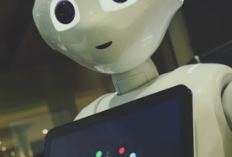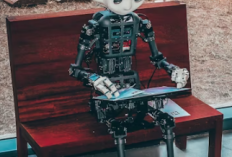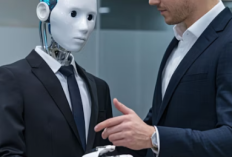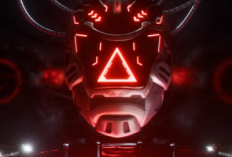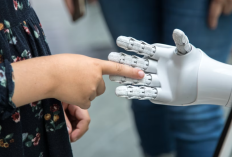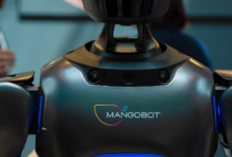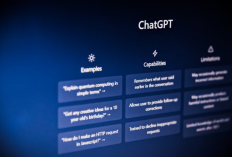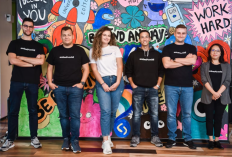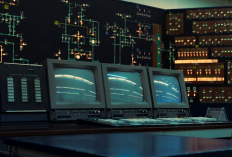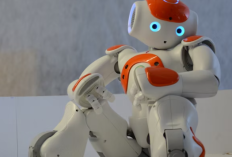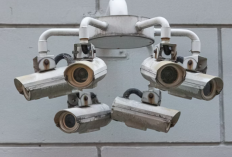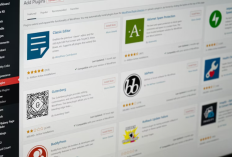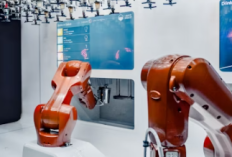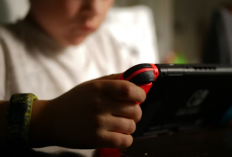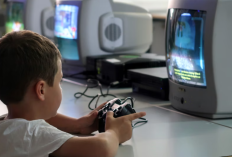Artificial Intelligence Future Predictions: What 2030 Really Looks Like
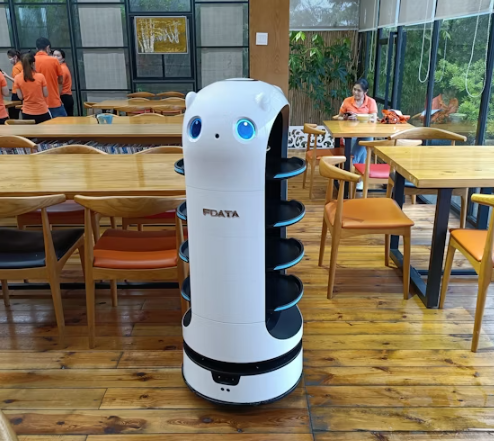
Cafeteria food delivery robot-FDATA ROBOT-https://unsplash.com/
Artificial Intelligence Future Predictions: What 2030 Really Looks Like
It’s 2030. The world hums with quiet intelligence. Cars whisper decisions to each other on the highway. Your refrigerator knows when you’re feeling stressed. And your digital assistant doesn’t just listen — it understands. What once sounded like science fiction has become daily life, shaped by artificial intelligence that feels less like a tool and more like an invisible partner in human evolution.
The Silent Revolution Behind the Screens
Between 2020 and 2030, AI has moved from experimentation to integration. While early adopters focused on automating tasks, the next decade has been about creating adaptive intelligence — systems that learn from context, not just data. Every app, every platform, every digital moment now carries a subtle layer of prediction and personalization.
Healthcare, for instance, no longer waits for symptoms. Predictive algorithms identify potential diseases years before they manifest. In agriculture, drones guided by machine learning analyze soil composition and climate data in real time, optimizing harvests without human input. In finance, AIs trade not just on numbers, but on sentiment — reading emotional tones in global news feeds faster than any analyst ever could.
Human-AI Collaboration Becomes Second Nature
One of the most fascinating trends is how humans have learned to coexist with AI, not compete against it. The fear of job displacement, once a hot topic in the 2020s, has evolved into a conversation about augmentation. Designers, engineers, writers, and doctors now collaborate with intelligent systems that enhance creativity and precision.
Imagine a filmmaker brainstorming with an AI that understands narrative rhythm, cultural trends, and emotional tone. Or an architect working with a neural model that designs eco-efficient structures optimized for local weather conditions. The line between human intention and machine suggestion has blurred — yet, surprisingly, most people don’t mind.
Emotional Machines: The Next Leap
Perhaps the most intriguing evolution by 2030 is the development of emotionally responsive AI. These are systems that don’t just process emotion but simulate empathy. They track micro-expressions, vocal tremors, and digital behaviors to respond with tailored sensitivity.
Customer service bots can now calm angry callers with genuinely soothing speech patterns. Virtual therapists offer comfort in the late hours of the night, adapting tone and pacing to the emotional rhythm of their users. Critics call it “manufactured compassion.” Proponents see it as an extension of human care through code.
Data Becomes the New Oxygen
As AI becomes more advanced, data has grown from a resource to a lifeline. Every connected device — from smart glasses to biochips — feeds vast ecosystems of learning. By 2030, these networks no longer belong solely to corporations. Many are decentralized, community-driven, and transparent through blockchain integration. People trade their data as digital currency, with ownership contracts that define how their information is used.
This shift has created what experts call the “Data Citizenship Era” — a world where individuals are both the source and the regulators of intelligence. It’s a complex balance between autonomy and convenience, privacy and progress.
The New Workforce of 2030
In workplaces, AI now manages workflows dynamically. Meetings are scheduled by context-aware assistants. Performance reviews are based on behavioral analytics rather than rigid metrics. In creative industries, AI co-authors scripts, composes music, and generates entire virtual worlds for gaming and film production.
Educational institutions have also adapted. Instead of rigid curriculums, AI tutors personalize learning paths. They track emotional engagement and adjust methods to suit each student’s curiosity pattern. The goal is no longer to standardize learning — it’s to individualize it.
Ethics in the Age of Intelligent Autonomy
Yet, this new world raises a moral tension: as machines grow more capable, who ensures accountability? In 2030, global ethics councils debate whether autonomous AI should have rights or responsibilities. Some argue that if an algorithm can create, feel, and choose — it deserves legal recognition. Others warn that such autonomy could erode the concept of human authority altogether.
The most controversial discussions center on AI morality programming — giving systems a framework to make decisions that involve life, death, or fairness. Can empathy be coded? Can bias ever be fully erased from a neural network trained on human data? The answers remain uncertain, but the questions themselves are reshaping policy and philosophy worldwide.
Artificial Creativity and the Rise of Digital Artisans
By 2030, the artistic world has been redefined. AI doesn’t replace human creativity — it amplifies it. Painters collaborate with generative algorithms to explore colors no human eye has ever imagined. Writers use narrative engines that suggest emotional pacing based on biometric feedback. The creative process becomes a dialogue between intuition and computation.

